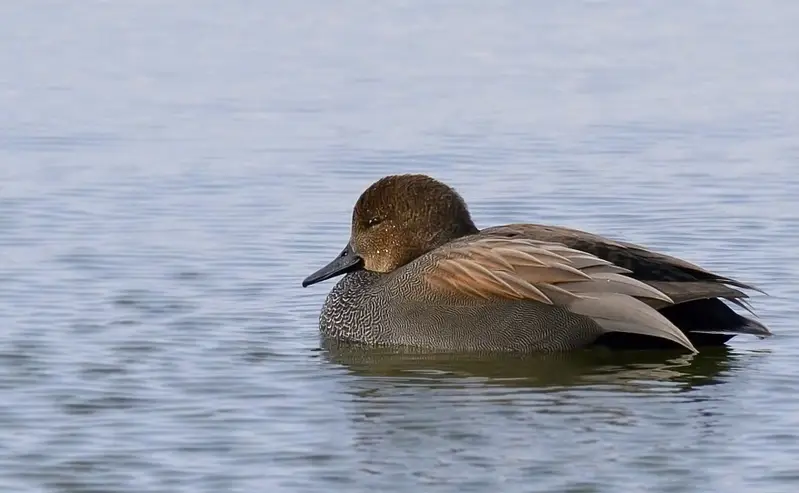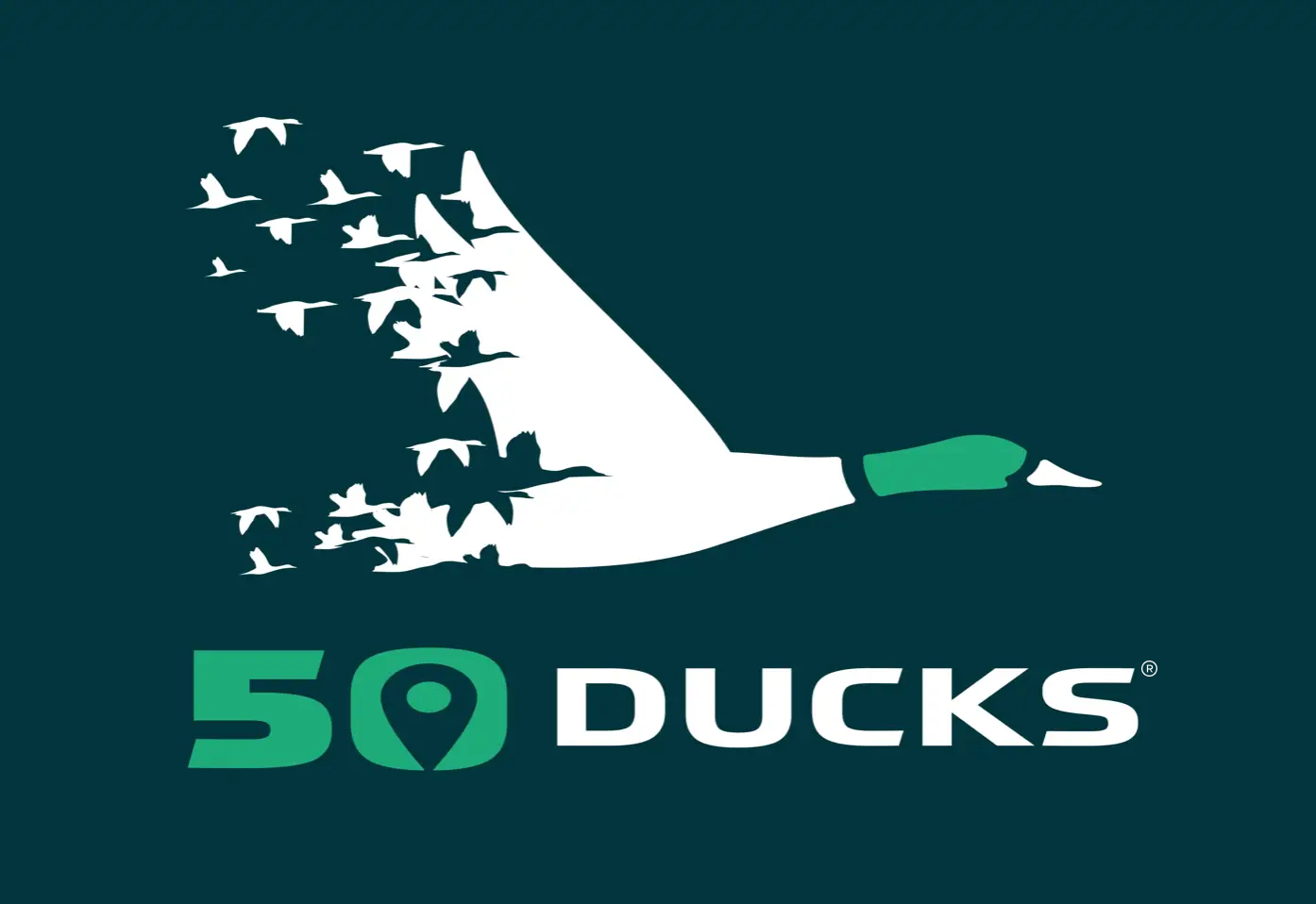About Gadwall
The Gadwall (Mareca strepera), often referred to as a Grey Duck by waterfowlers, is a large-bodied duck similar in size to the Mallard. These dabbling ducks primarily breed in the Prairie Pothole region. Unlike many other waterfowl species, Gadwalls form pairs as early as late fall. They are medium-distance migrants found across all four North American Flyways, and in the western U.S., particularly in the Sacramento Valley, Gadwalls can be seen year-round.
Their population benefits from stable breeding grounds and effective conservation efforts. Known for their adaptability, Gadwall thrive in a variety of wetland habitats, contributing to their wide distribution and consistent population growth. Since the adoption of the BPOP survey, the estimated number of Gadwall has increased significantly, from 651,000 in 1955 to over 2.5 million in 2023. This remarkable growth highlights the success of conservation efforts and the adaptability of the species to various wetland habitats.

Identification
Male Gadwalls are intricately patterned with gray, black, and brown, featuring a distinctive white wing patch that is often visible in flight. They also have a black patch at the tail and a distinctive dark bill.
Breeding
Gadwalls have higher nest success rates than many other prairie-nesting duck species, possibly due to their propensity to nest in more densely covered areas, which provide extra protection from predators. Hen Gadwalls are among the last waterfowl to establish their nests, typically doing so in mid-June. Unlike the earlier-nesting Pintail, this timing means that agricultural work in the nesting grounds is not a critical factor in nest destruction, and much of the landscape has had time to grow, providing additional cover for the species. This, in addition to their preference for deeper water, means that Gadwalls are a more drought-tolerant nesting species.
Behavior
Gadwall are dabbling ducks, meaning they feed by tipping forward in the water to reach food rather than diving.
Habitat
Gadwalls' adaptability and utilization of various habitat types, along with their preference for deeper water, have led to a population surge, making them the fourth most abundant duck species in North America. Their ability to thrive in diverse wetland environments has significantly contributed to their successful population growth.
Migration
Gadwalls are mid-range migrants that can be found across all four major U.S. flyways. In many parts of the Pacific Flyway, these birds migrate very little and are often year-round residents.
No Data Found
How many days tracked
Lorem ipsum dolor sit amet, consectetur adipiscing elit. Ut elit tellus, luctus nec ullamcorper mattis, pulvinar dapibus leo.
Where are they now?
Lorem ipsum dolor sit amet, consectetur adipiscing elit. Ut elit tellus, luctus nec ullamcorper mattis, pulvinar dapibus leo.
No Data Found
No Data Found
Total Number of Data Points for Gadwall
Lorem ipsum dolor sit amet, consectetur adipiscing elit. Ut elit tellus, luctus nec ullamcorper mattis, pulvinar dapibus leo.
Start and End Date Tracking of Gadwall
Lorem ipsum dolor sit amet, consectetur adipiscing elit. Ut elit tellus, luctus nec ullamcorper mattis, pulvinar dapibus leo.
No Data Found
Overall Data from the Center
This is historical data from various sources. This data is available in its full form on our Duck Map in an easily visualizable format.
